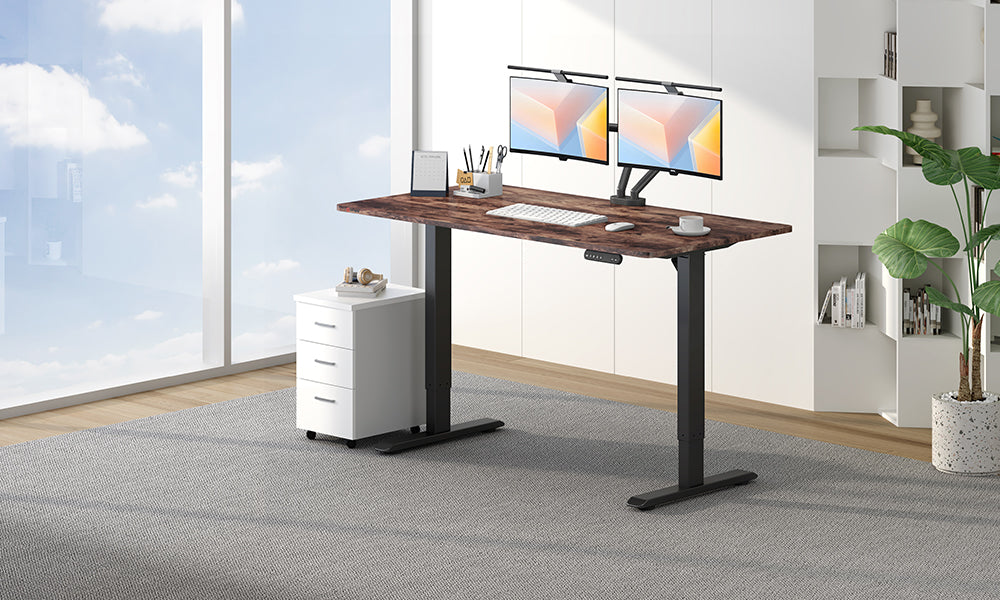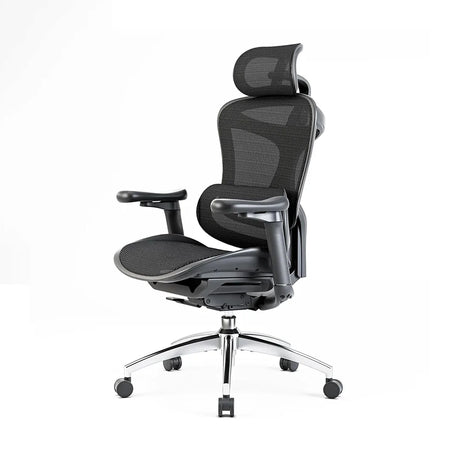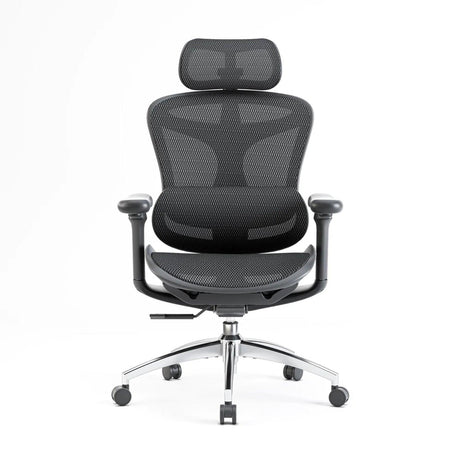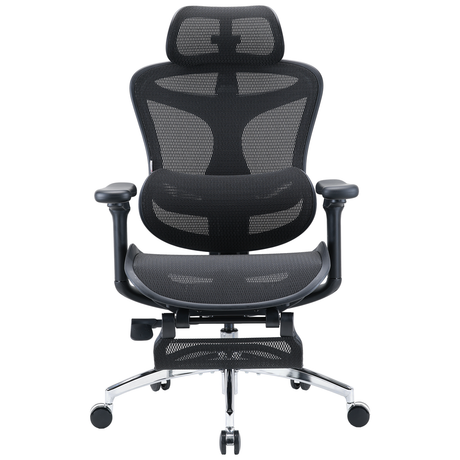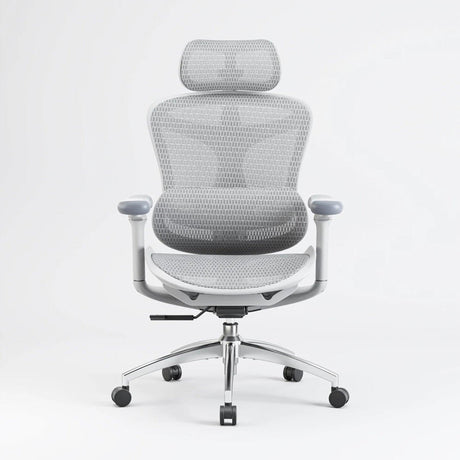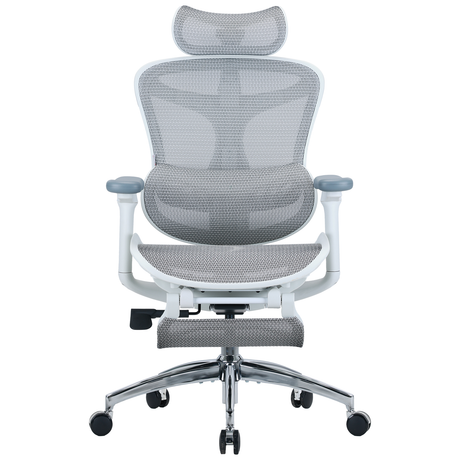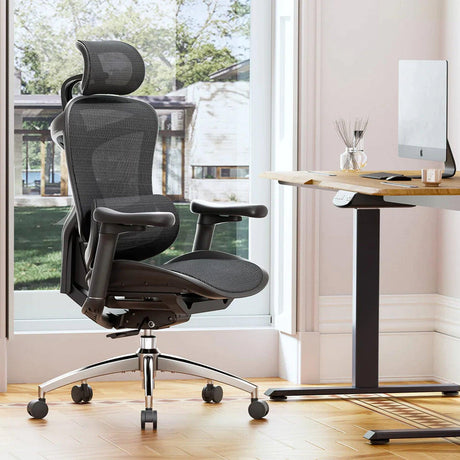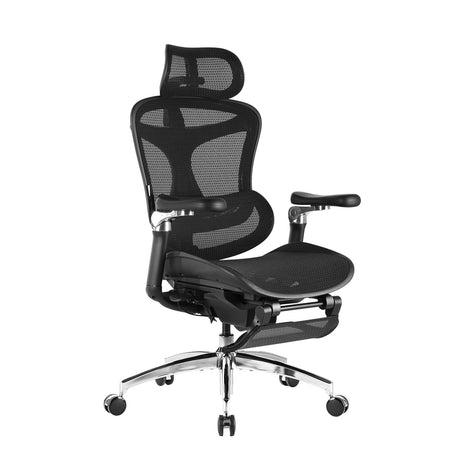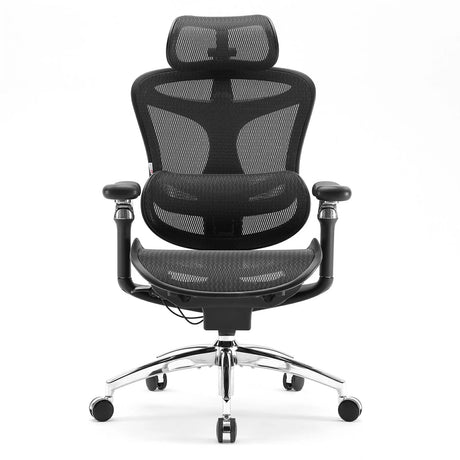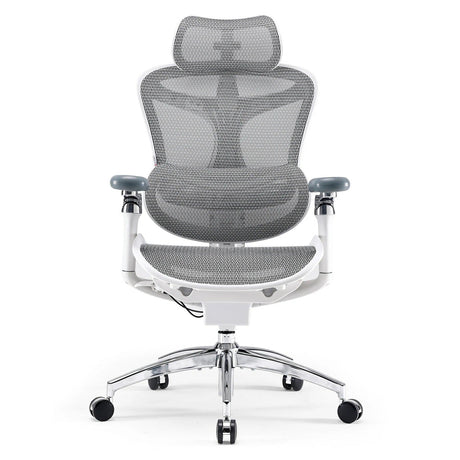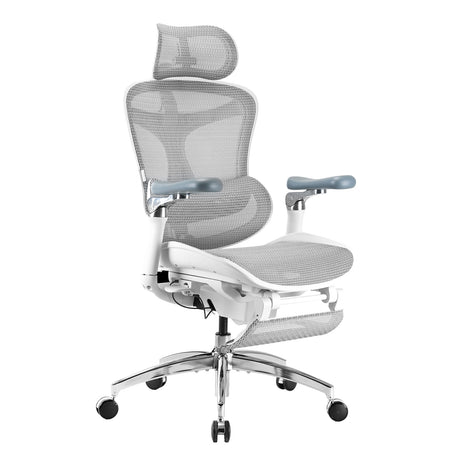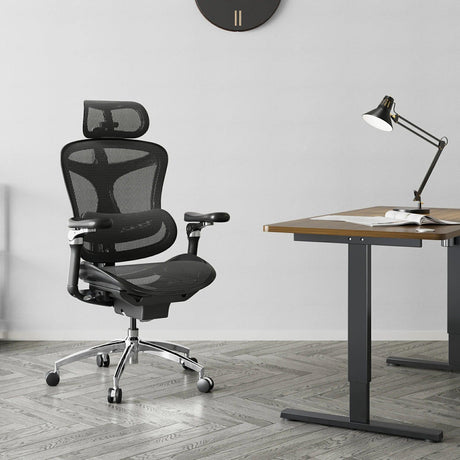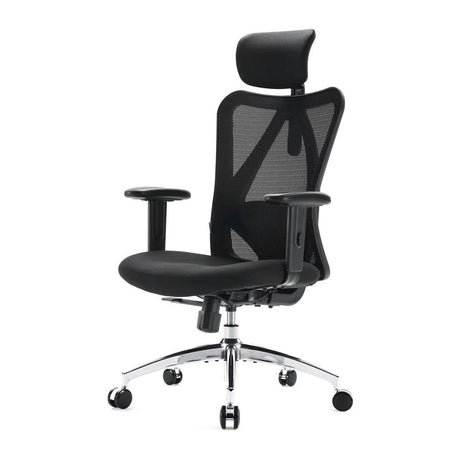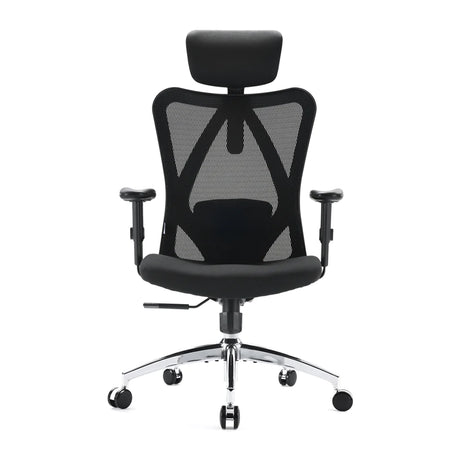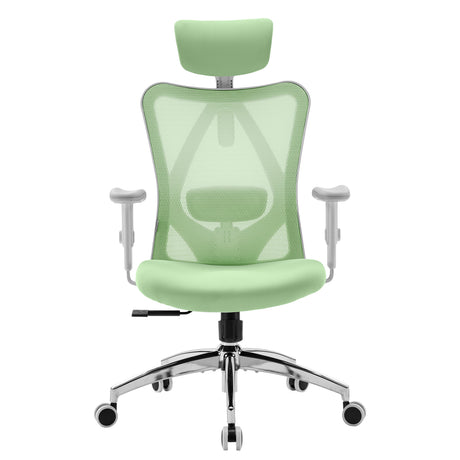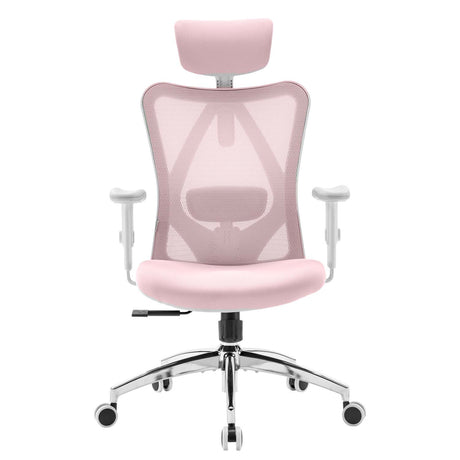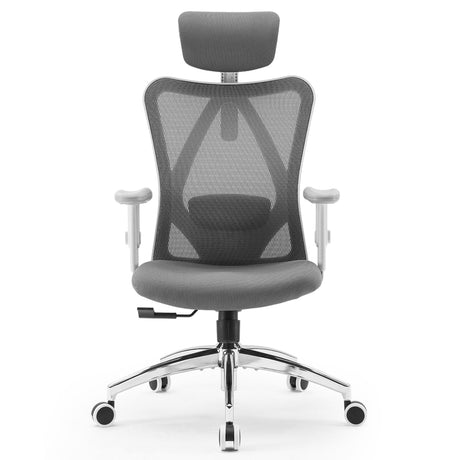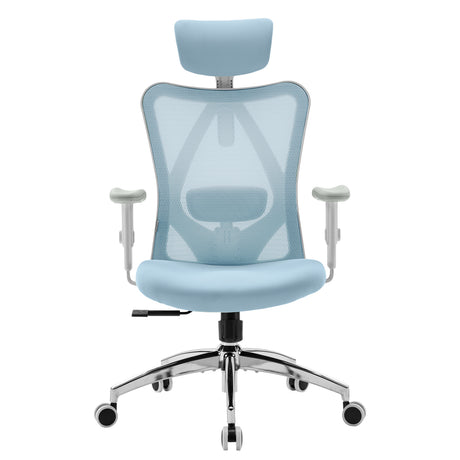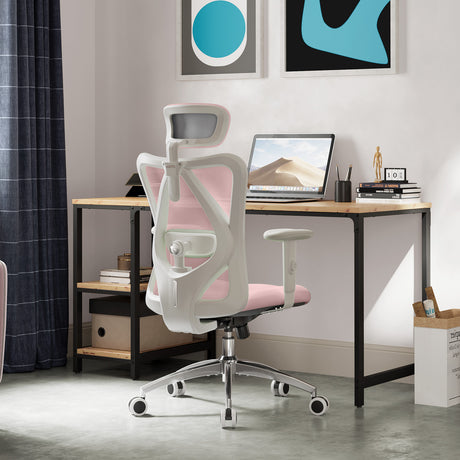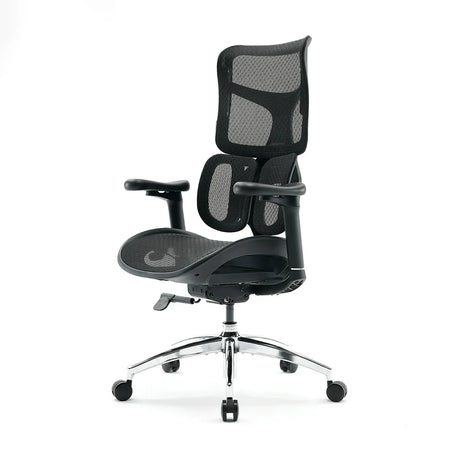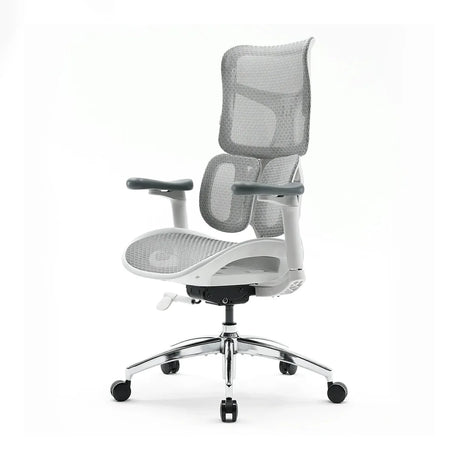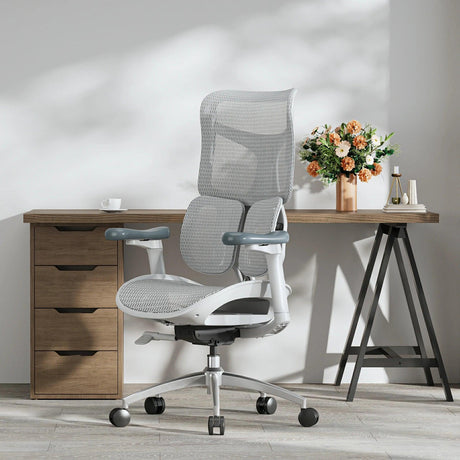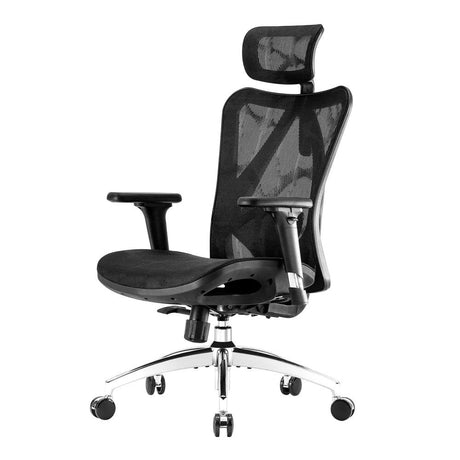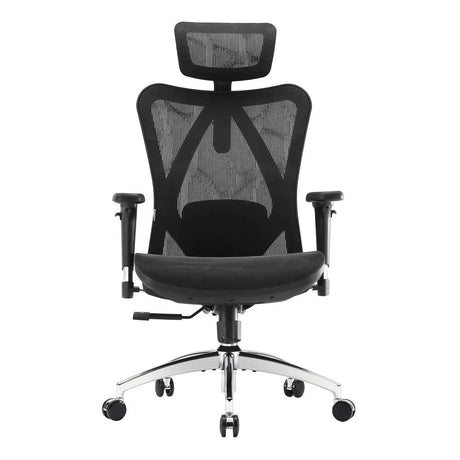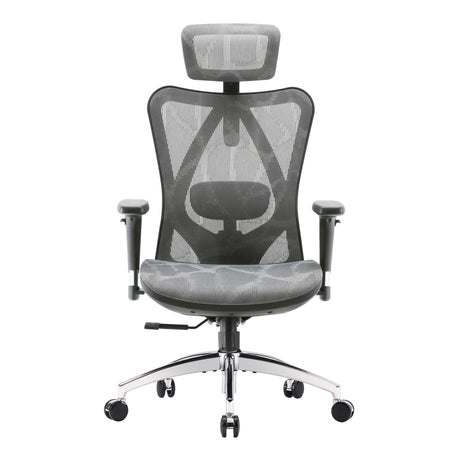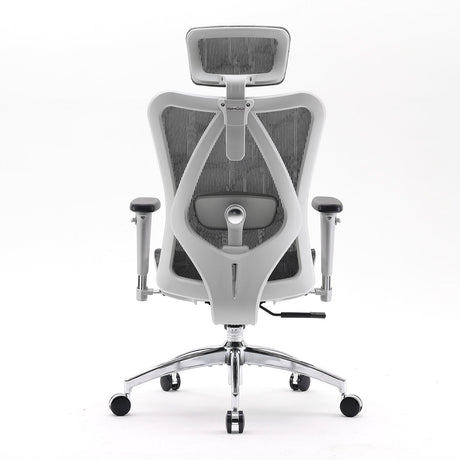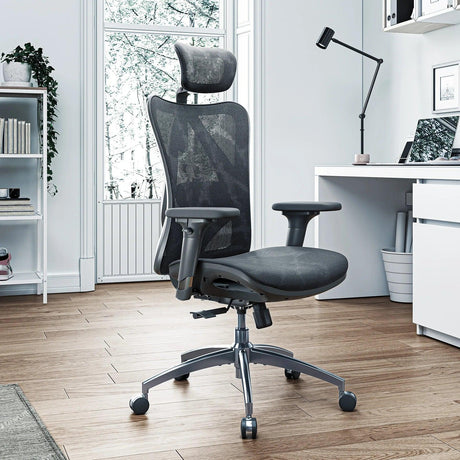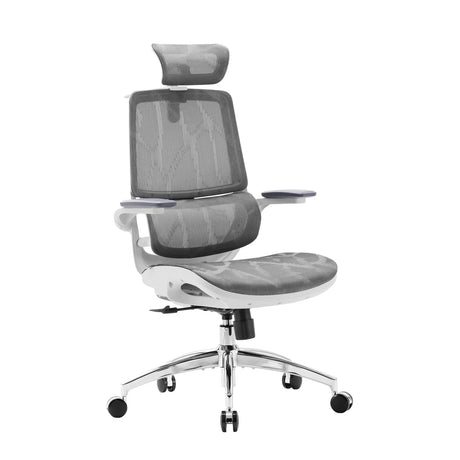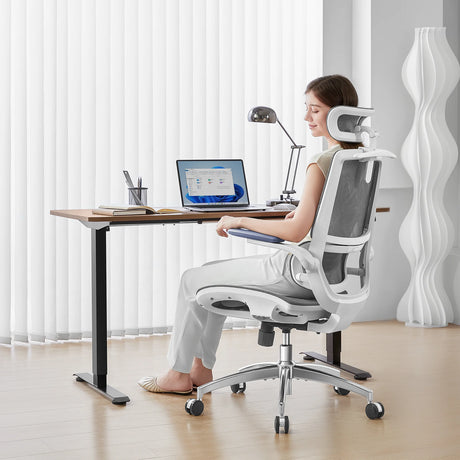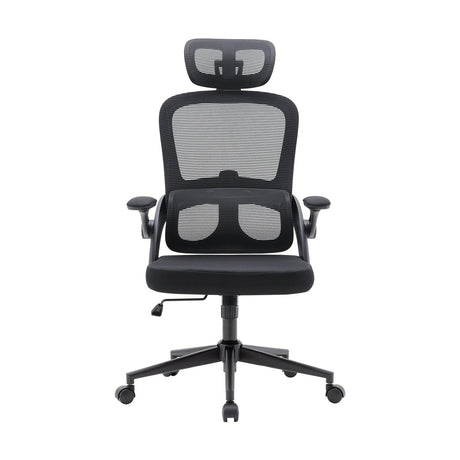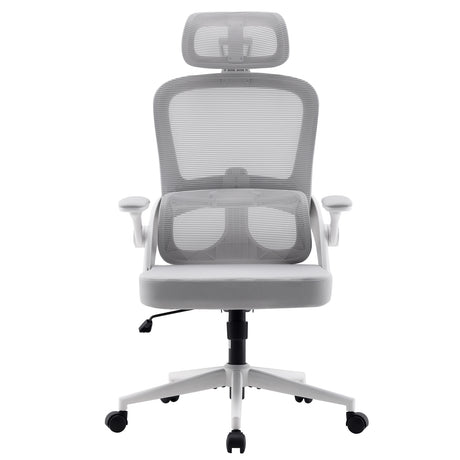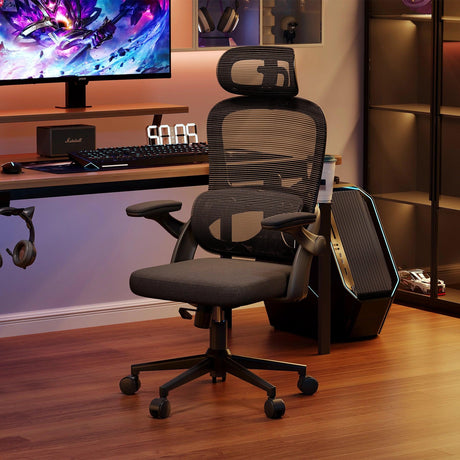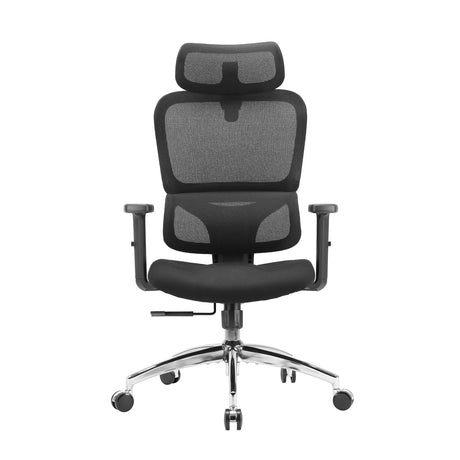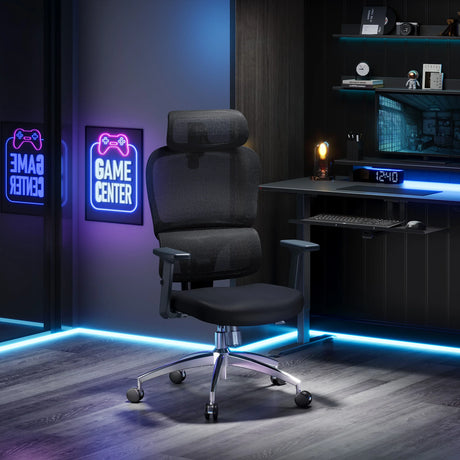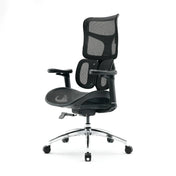Many of us spend hours sitting at a desk these days, whether typing on a computer, attending virtual meetings or crunching numbers. However, prolonged sitting can lead to discomfort and long-term health issues such as back pain, neck strain, and poor posture. Enter the standing desk—a popular solution to these problems.
But how does a standing desk benefit your health, and how can it help you avoid pain at work? In this blog post, we’ll dive into the benefits of standing desks and offer tips on how to use them properly to keep pain at bay.
Why Standing Desks?
Standing desks have become a staple in offices and home workspaces around the world. They're designed to let you switch between sitting and standing throughout the day, allowing for a more dynamic and comfortable work routine.
Here’s why standing desks are beneficial:
Reduces Back Pain
Sitting for extended periods places strain on your spine and lower back. Over time, this can lead to chronic pain, especially in the lumbar region. A standing desk helps alleviate this by enabling you to adjust your posture more freely and reduce pressure on the spine.
Improves Posture
Prolonged sitting encourages slouching, which can lead to muscle imbalances, tightness, and poor posture. Standing naturally encourages better posture, as it requires you to engage your core muscles and maintain an upright position.
Boosts Productivity
Studies have shown that alternating between sitting and standing can enhance focus and productivity. When you're standing, you're less likely to feel sluggish or fatigued, making it easier to stay alert and efficient throughout the day.
Increases Energy Levels
Standing more often during the workday has been linked to higher energy levels and reduced feelings of fatigue. Movement, even in small increments, stimulates blood circulation, which helps you feel more energized.
Promotes Healthier Circulation
Standing encourages blood flow to your legs and reduces the risk of developing poor circulation, which can be a problem with sitting for too long. This can also help reduce your risk of cardiovascular disease over time.
Burns More Calories
While standing doesn't replace exercise, it can help you burn more calories than sitting. Standing for an hour can burn up to 50% more calories than sitting, making it a simple way to stay more active during your workday.
How to Avoid Pain When Using a Standing Desk
While standing desks offer a range of benefits, they’re only effective if used correctly. Standing for long periods without proper ergonomics can lead to fatigue, discomfort, and even new forms of pain. Here are some tips on how to avoid pain while using a standing desk:
1. Find the Right Desk Height
Proper desk height is crucial when using a standing desk. When standing, your desk should be at elbow height. This means that your forearms should be parallel to the ground when typing, and your wrists should remain in a neutral position.
If the desk is too high or too low, it can lead to shoulder, neck, and wrist pain. Many standing desks, such as the Sihoo D03 Standing Desk, offer height adjustability, allowing you to customize the height to your needs.
2. Adjust Your Monitor Position
Your monitor should be at eye level to avoid straining your neck. If your screen is too low, you’ll end up looking down for long periods, which can cause neck and shoulder tension. On the other hand, if the screen is too high, you may have to tilt your head upward, which can also strain your neck muscles.
To achieve the ideal height, the top of the screen should be at or just below your eye level when you’re standing. Your eyes should naturally fall on the top third of the screen.
3. Wear Comfortable Shoes
It may seem like a small thing, but the type of shoes you wear while standing is crucial. Standing for long periods in shoes with inadequate support can lead to foot pain, leg fatigue, and even back pain. Opt for shoes with good arch support and cushioning.
Avoid standing in flat shoes or high heels. Look for supportive, comfortable footwear, or consider using anti-fatigue mats, which can provide extra cushioning and reduce the strain on your legs.
4. Alternate Between Sitting and Standing
The key to a standing desk is the ability to alternate between sitting and standing. Prolonged standing can also lead to discomfort, especially in the legs and feet. To avoid this, try to stand for 20 to 30 minutes every hour and then take a break to sit down. This balance helps keep your muscles engaged without overloading them.
Many standing desks, like the Sihoo D03, come with easy height adjustments so you can transition between sitting and standing throughout the day with ease.
5. Use an Anti-Fatigue Mat
If you’re standing for long periods, using an anti-fatigue mat can make a huge difference. These mats provide cushioning that helps reduce the pressure on your legs and feet, improving circulation and reducing fatigue. They’re particularly useful for those who work at standing desks for extended periods.
6. Move Regularly
Simply standing still for hours is not enough to reap the full benefits of a standing desk. Movement is key. Small shifts in your weight, stretching, and even walking around every 30 minutes can prevent stiffness and pain. Incorporate some gentle stretching or leg movements throughout the day to improve circulation and keep your muscles from getting too tight.
7. Maintain Proper Posture
While standing, make sure you engage your core and avoid slouching. Keep your shoulders back, and your knees slightly bent. If you lock your knees while standing, it can lead to discomfort and strain on your lower back. Try to maintain a neutral spine and avoid leaning forward or backward.
Additional Tools to Enhance Comfort
In addition to an adjustable desk, other ergonomic tools can help make your standing desk setup more comfortable. Consider adding a:
Footrest: A footrest can help take some pressure off your legs and allow you to switch up your stance by resting one foot while standing.
Ergonomic Keyboard and Mouse: These tools can help reduce strain on your wrists and hands while typing or using the mouse.
Conclusion
Standing desks are a great tool for improving health, productivity, and comfort at work. By alternating between sitting and standing, adjusting your desk height, maintaining good posture, and incorporating other ergonomic tools, you can reduce pain and discomfort while working. Remember, the key is moderation—don’t overdo it by standing for too long, and always listen to your body. With the right setup and adjustments, standing desks can be a game-changer for your workday.
Ready to make the switch to a standing desk? Consider ergonomic options like the Sihoo D03 Standing Desk, which offers customizable features designed for comfort and health.
